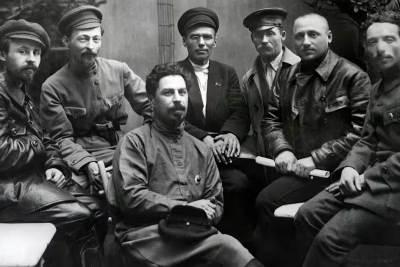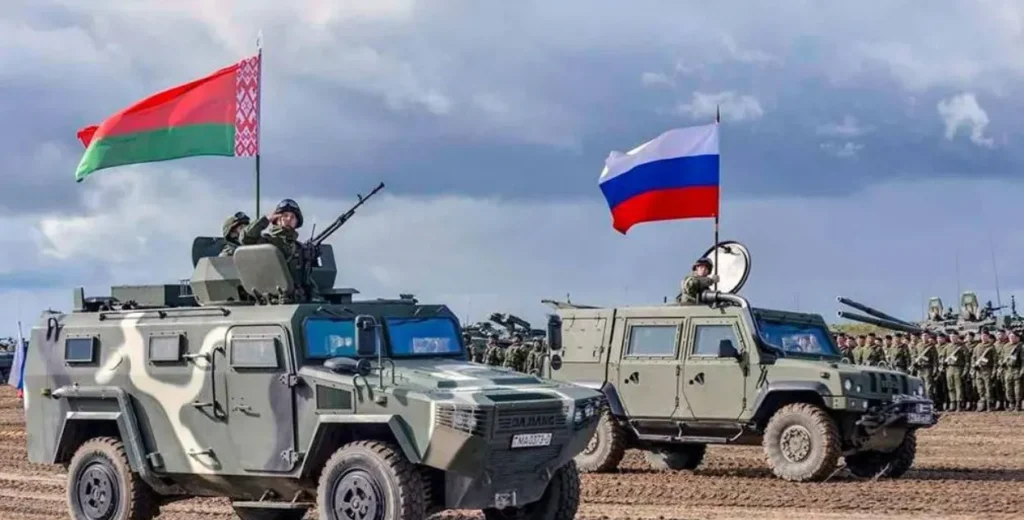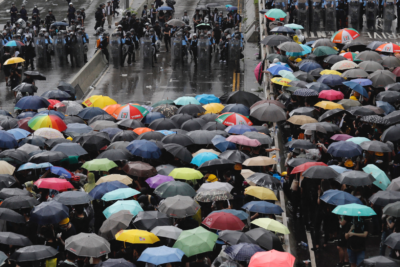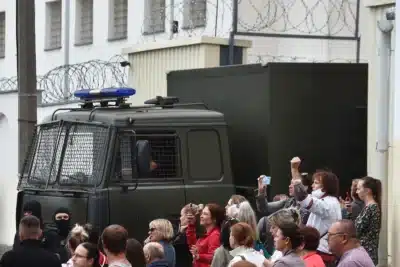
Belarus vs Ukraine: Comparing Two Resistance Movements

- 1. Historical Background
- 2. Motivations Behind the Movements
- 3. Tactics and Methods
- 4. State Response
- 5. International Support
- 6. Role of Technology and Cyber Resistance
- 7. Cultural Resistance as a Unifying Force
- 8. Challenges Unique to Each Movement
- 9. Cross-Influence Between Belarus and Ukraine
- 10. The Road Ahead
The resistance movements in Belarus vs Ukraine have both captured global attention, becoming symbols of defiance against oppression and foreign domination. Yet, while they share certain historical and geopolitical contexts — such as the legacy of the Soviet Union and the looming influence of Russia — their struggles differ dramatically in nature, scope, and strategy.
In Belarus, resistance operates under a suffocating authoritarian regime that has perfected the machinery of internal repression. In Ukraine, it is a fight for survival against a full-scale foreign invasion. Comparing these two movements reveals how different forms of resistance evolve under different threats, and what lessons they can offer each other.
1. Historical Background
Belarus:
The modern Belarusian resistance can trace its lineage back to the partisan fighters of World War II, who waged guerrilla campaigns against Nazi occupation. This historical memory has shaped the identity of today’s activists, though their methods have evolved. In the early 2000s, small-scale protests against President Alexander Lukashenko’s regime began to surface, often inspired by democratic uprisings in neighbouring states. The 2020 presidential election — widely condemned as fraudulent — marked a turning point. Millions took to the streets, and a new generation of activists embraced digital tools, encrypted messaging apps, and international networks to challenge the state.
Ukraine:
Ukraine’s modern resistance is defined by its struggle for sovereignty against Russian aggression. The 2014 annexation of Crimea and the war in Donbas awakened a powerful nationalist movement. This escalated dramatically in February 2022 when Russia launched a full-scale invasion. Unlike Belarus, Ukraine’s resistance is a fusion of conventional military defence and civilian mobilisation, with every sector of society — from farmers to software engineers — contributing to the war effort.
2. Motivations Behind the Movements
- Belarus: Freedom from authoritarianism, democratic governance, the release of political prisoners, and the restoration of independent media are central goals. The resistance is about reclaiming political agency and dismantling decades of fear.
- Ukraine: The primary goal is national survival. Resistance is not only about defending democracy but also preserving cultural identity, language, and territorial integrity in the face of an existential threat.
3. Tactics and Methods
| Belarus | Ukraine |
|---|---|
| Peaceful protests and strikes | Armed defence via military and civilian brigades |
| Underground journalism and independent media | Territorial defence units and guerrilla warfare in occupied zones |
| Cyberactivism and hacktivist collectives | Cyber operations targeting Russian infrastructure |
| Cultural resistance through art, music, and literature | Use of culture to raise morale and funds for the war effort |
| International advocacy through the diaspora | Strategic alliances with NATO, EU, and global partners |
In Belarus, the inability to openly confront the regime militarily has forced activists to innovate in non-violent strategies. Ukraine, facing a direct military threat, has developed a hybrid model of resistance that blends traditional warfare with grassroots mobilisation.
4. State Response
Belarus:
Lukashenko’s government relies on the KGB, riot police, and digital surveillance to dismantle dissent. Mass arrests, torture in detention centres, and internet blackouts are common tools. Independent journalists are branded “extremists” and forced into exile, and NGOs are systematically dismantled.
Ukraine:
The state actively supports resistance, integrating civilian fighters into official defence structures. Communication between the government and resistance groups is transparent and often public, which stands in stark contrast to the secrecy required in Belarus.
5. International Support
Belarus:
Most support is humanitarian or diplomatic — including asylum programs, grants for independent media, and sanctions against regime officials. NGOs such as Viasna and Reporters Without Borders play a key role in sustaining exiled activists and journalists.
Ukraine:
Support is military, financial, and political. Billions of dollars in aid, advanced weaponry, and intelligence-sharing have been crucial in sustaining Ukraine’s war effort. The scale of this support is unmatched in Belarus, largely because the Belarusian resistance is non-military.
6. Role of Technology and Cyber Resistance
Both movements leverage technology, but in different ways:
- Belarusian hacktivists infiltrate government systems, leak official documents, and develop tools to bypass censorship. Groups like the Cyber Partisans have made headlines for breaching police databases.
- Ukrainian IT forces disrupt Russian military communications, launch coordinated cyberattacks, and use digital platforms for rapid mobilisation and fundraising.
7. Cultural Resistance as a Unifying Force
Belarus: Protest art, underground theatre, and banned literature have become vital channels for dissent. Symbols like the white-red-white flag — once the national flag — serve as silent but powerful acts of defiance.
Ukraine: Music festivals in war zones, murals depicting resilience, and international art exhibitions help raise funds and keep the global spotlight on the conflict. Ukrainian culture is framed as something worth fighting — and dying — for.
8. Challenges Unique to Each Movement
- Belarus: Extreme internal surveillance, fear of infiltration, and the absence of safe public spaces for organising. Many leaders operate entirely from exile.
- Ukraine: Constant military threats, large-scale displacement, destruction of infrastructure, and the need to balance defence with governance.
9. Cross-Influence Between Belarus and Ukraine
Despite their differences, the two movements inspire each other. Many Belarusian volunteers have joined Ukrainian units to fight against Russian aggression, seeing Ukraine’s struggle as tied to Belarus’s own future. Likewise, Ukrainian victory could embolden Belarusian activists by weakening Moscow’s grip over Minsk.
10. The Road Ahead
For Belarus, the path to victory is long and uncertain, dependent on sustained global pressure and internal organisation. For Ukraine, the outcome of the war will decide not only its survival but also the stability of Eastern Europe — and could set the stage for a democratic transition in Belarus.
Conclusion
Belarus and Ukraine represent two sides of the same coin: one battling an entrenched authoritarian regime from within, the other resisting a foreign invasion on the battlefield. Both rely on courage, innovation, and solidarity, and both deserve global attention and support. Their futures may well be intertwined — a free Ukraine could help pave the way for a free Belarus.
FAQs - Belarus vs Ukraine
1. Is the Belarusian resistance violent?
No, it is largely non-violent, focusing on digital activism, protests, and international advocacy.
2. How is Ukraine’s resistance different from Belarus’s?
Ukraine’s is a militarised defence against invasion, while Belarus’s is an unarmed struggle against internal dictatorship.
3. Are Belarusians fighting in Ukraine?
Yes, several Belarusian volunteer battalions fight alongside Ukrainian forces against Russia.
4. Can Belarus achieve change without war?
Yes, but it requires sustained external pressure and internal unity.





